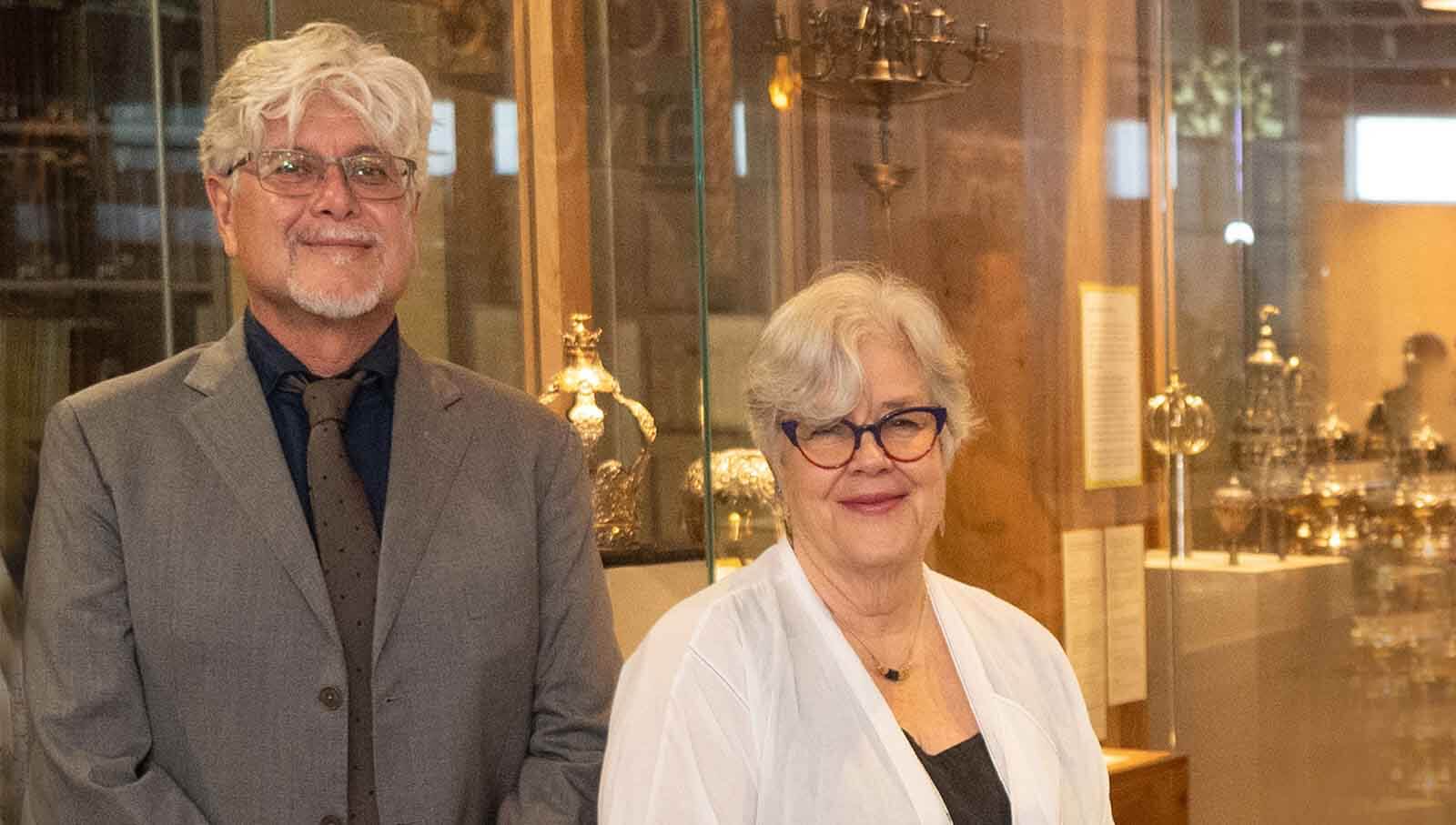News
Surviving Suprematism: Lazar Khidekel – 10.19.2004
October 19, 2004
On view November 15, 2004 – March 20, 2005
Berkeley, CA – Opening on Monday, November 15, at the Magnes is the first-ever museum retrospective of Lazar Khidekel (1904-1986). Khidekel began his career in Mark Chagall’s studio in Vitebsk, Russia, and went on to be a pioneer in the influential avant-garde movement called Suprematism, founded by his mentor Kazimir Malevich. Khidekel was the only practicing Suprematist architect whose career spanned the height of the Soviet Empire through the end of the Communist era.
The exhibition Surviving Suprematism celebrates the 100th anniversary of Lazar Khidekel’s birth. It includes never-before-seen works from the Khidekel archive that has survived, intact and in the family’s possession.
Khidekel was sixteen in 1920 when he became a founding member of the radical artists’ collective and art school UNOVIS (Affirmers of the New Art) in Vitebsk. Vitebsk experienced a remarkable Jewish cultural renaissance in the previous decade. The vast majority of UNOVIS students and teachers were Jews, and they had a profound impact on 20th century art, design and architecture. Later, by veiling radical architectural principles in classical motifs, Khidekel was able to flourish professionally under Stalinist totalitarianism while continuing to explore his vision shaped in the years of the avant-garde.
Surviving Suprematism consists of nearly 80 objects including watercolors, drawings, gouaches, and period photographs spanning the years from 1920 to 1965. Experimental Suprematist compositions from the 1920s are brought together with building plans from the height of Stalinist monumental architecture of the 1930s-40s and fantastic sketches for utopian cities Khidekel was able to return to after Stalin’s death in 1953.
Following the success of the recent Chagall retrospective at SFMoMA, Surviving Suprematism will allow the public to see beneath the surface of monumental Stalinist facades and focus on the underlying building structures, tracing their conception and development through sketches and plans. His is a remarkably consistent vision through 60 years of work. In addition, this groundbreaking exhibition celebrates the 100th anniversary of Khidekel’s birth and illuminates parallels between his survival as an artist in the Soviet Union and the strategies of Jewish endurance in the anti-Semitic state.
A full-color catalogue featuring an essay by the Magnes Chief Curator, Alla Efimova, and an interview with Lazar Khidekel’s heirs, Mark and Regina Khidekel, accompanies the exhibition.
On Sunday, December 5, the Magnes will hold the first symposium dedicated to Lazar Khidekel’s art and architecture. It will consider his career in the context of other Jewish architects who played important roles in defining European architectural modernism. Participants include Mitchell Schwarzer, Chair of Visual Studies, California College of the Arts, Kathleen James-Chakraborty, Associate Professor of Architecture, UC Berkeley, Mark and Regina Khidekel, and Alla Efimova, Chief Curator at the Magnes.
Latest News
Keep Up-To-Date




